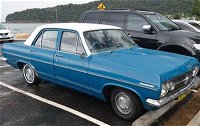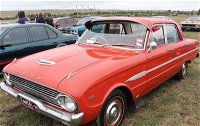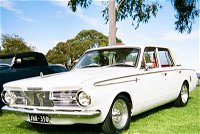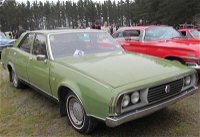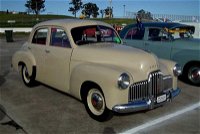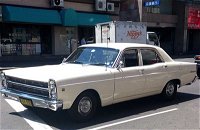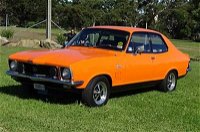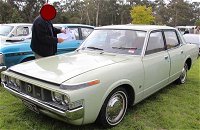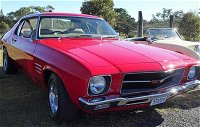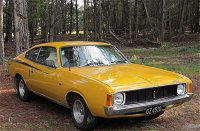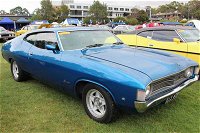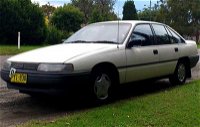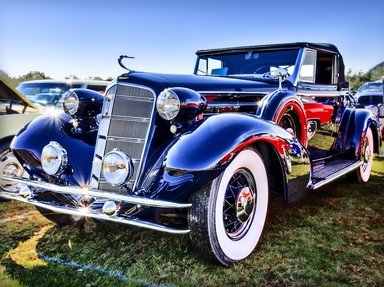
Six-Cylinder, Australian, Classic Quiz
In the classic age of automobile manufacturing in Australia 1955-1995, the market was dominated by three Australian manufacturers: Holden, Ford and Valiant. All you need to do is to attach the correct name to each classic Australian car.
by 1nn1.
Estimated time: 3 mins.
- Home
- »
- Quizzes
- »
- World Trivia
- »
- Auto World
- »
- Cars
